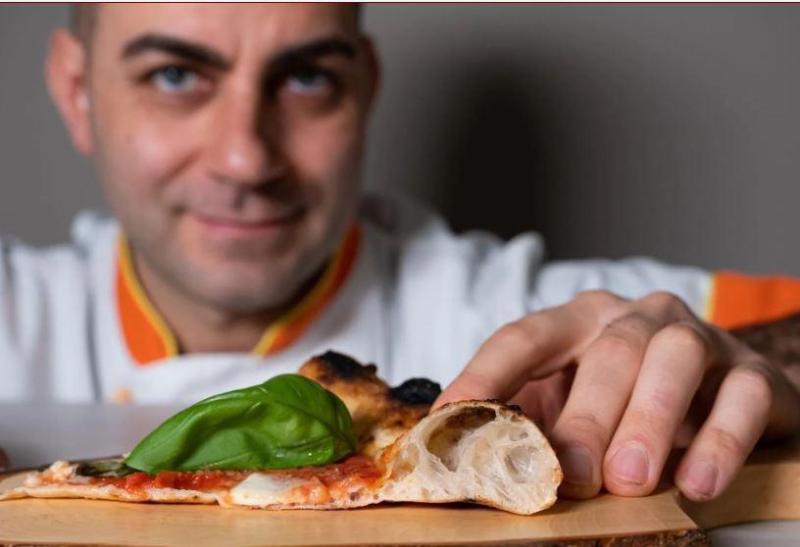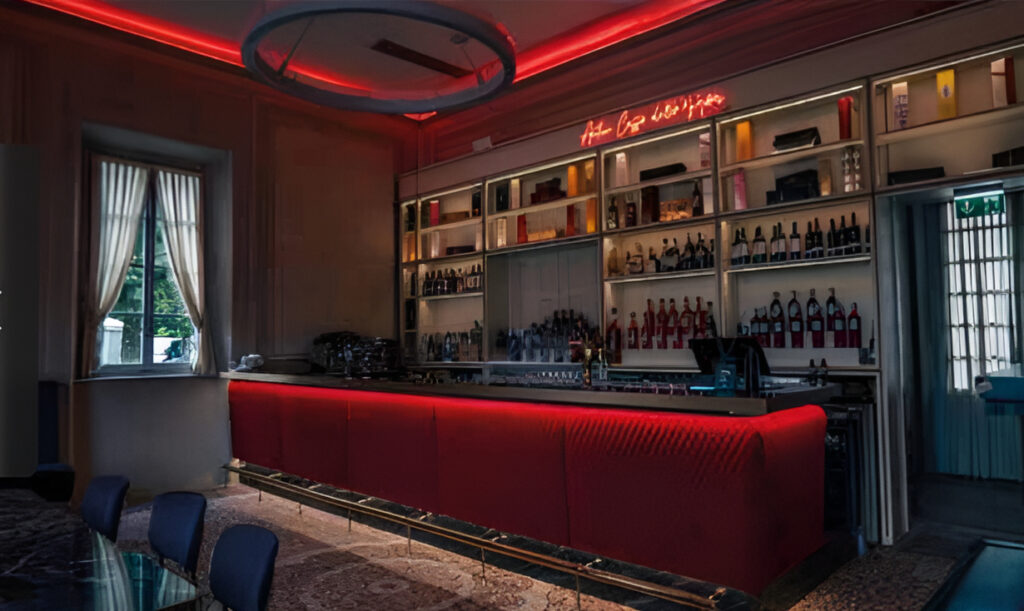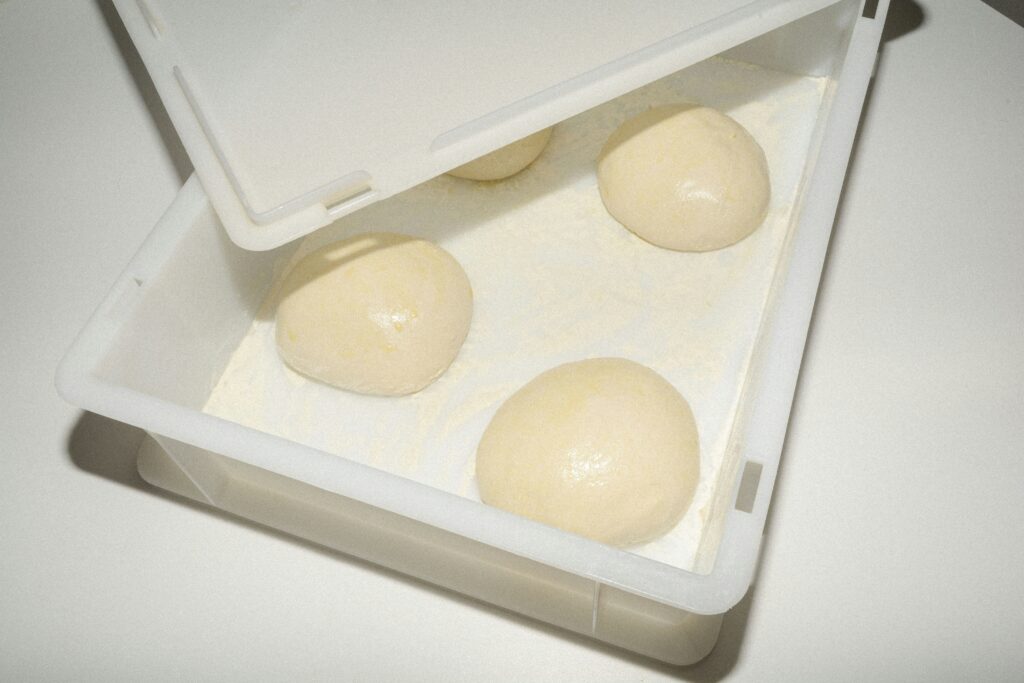In the heart of Ragusa Ibla, a restaurant pizzeria-museum where flavors, scents, colors and typicality mingle in a journey
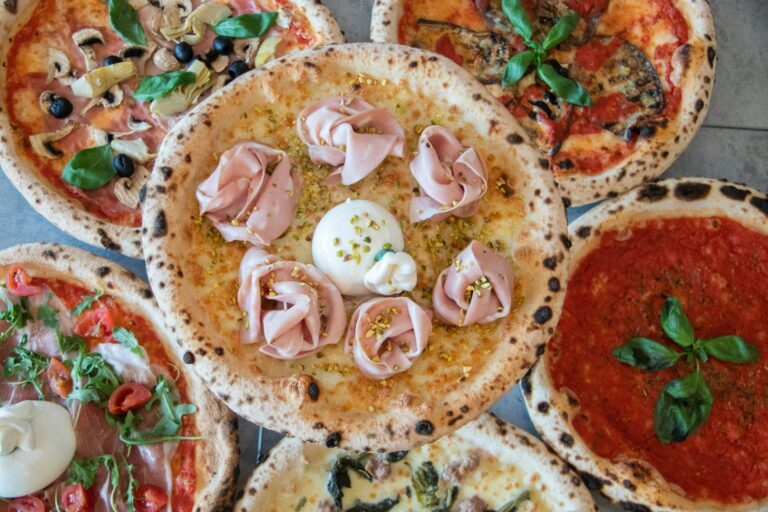
“When the moon hits your eye like a big pizza pie, that’s amore…” sang Dean Martin in the 1950s. Who doesn’t remember this hymn to Italianness that rightly cited Italy’s signature dish in the world? And it doesn’t matter if Americans have since decided that they invented pizza. It remains a national treasure.
With the same pride, in the heart of Ragusa Ibla, right behind the Baroque cathedral that dominates the city, there is a place that recalls the identity of the place, its culture and art. Because That’s a Moro – that’s what it’s called – is not just a restaurant and pizzeria but a real museum where local artists display their works and where it is possible to admire the ceramics made in the adjacent workshop, decorated plates and the typical Moor’s heads of Sicilian art, a legacy of Arab domination and today a symbol of Sicilian culture.
“We want, in this way,” says Marco Ruggieri, manager, chef and pizzaiolo, “to affirm our identity, which is that of Sicily, Ragusa Ibla and the Mediterranean tradition that is expressed in cuisine as in art and is made up of flavors and colors, fragrances and emotions. Thus, the interior of the restaurant, which seats 80, becomes a pathway of the senses where food and art mingle; and the outdoor area doubles, in the warm season, the welcome offering everyone the opportunity to enjoy the pleasures of body and spirit.
“Ours,” Ruggieri explains, “is a place for everyone because we want every customer to feel completely fulfilled with us. That is why the menu includes dishes of the Mediterranean and Ragusan culinary tradition in particular, especially fish, and pizza, the food that unites and cheers people from all over: young and old, families, Italian and foreign tourists. Ragusa Ibla is a crossroads of humanity in search of the beautiful and the good, and we want to offer all this with the pride of our land, Sicily.”
Pizza, then, is the highlight of That’s a Moro; pizza represents Italian-ness and becomes the messenger of a culture that is rooted in the land and becomes universal. Pizza is art and art surrounds itself. An art that is well-rooted but open to evolution; a direct dough with a long leavening time of 48 to 60 hours, because it gives rise to a crisp, light, digestible pizza; a dough formed with carefully chosen flours: these are those of 5 Stagioni , which Ruggieri defines as of the highest quality, stable in yield and the ideal base for a creativity open to innovation, to continuous research in technique and expression. A dough that also gives rise to homemade bread, unfailing on the table.
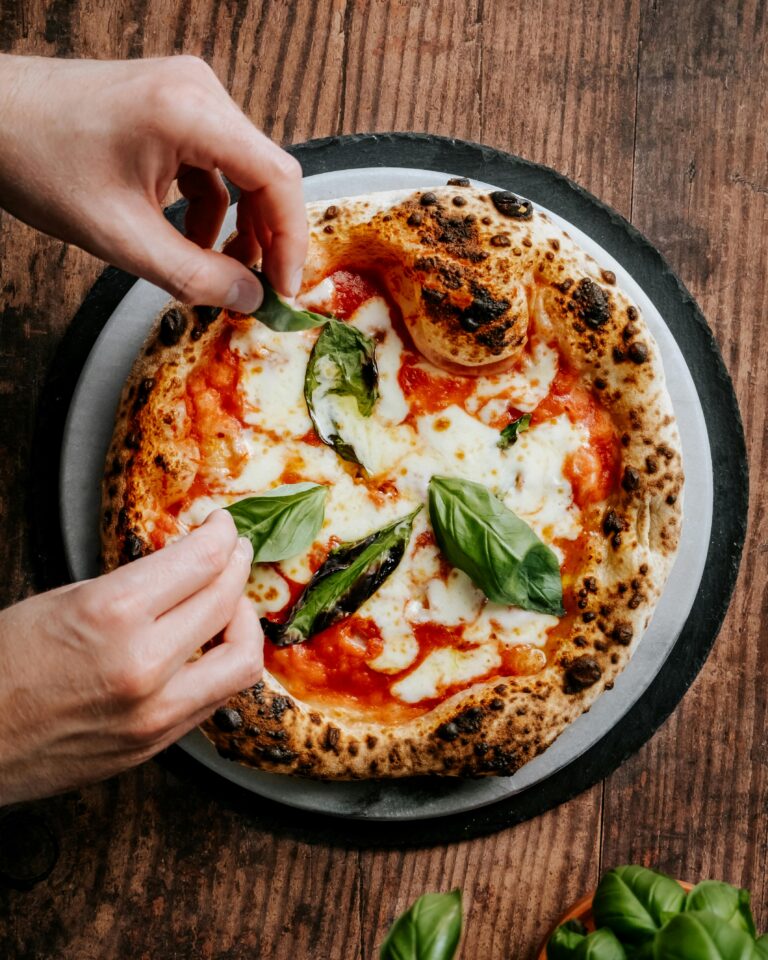
Explains Marco Ruggieri, “Alongside the classic pizzas, which cannot be missing from the menu, we are creating a new taste path. We have called it ‘the pizzas of Italy’ because we want to dedicate a pizza to each Italian region enhancing its gastronomic specialties, culinary and cultural identity.”
And this is how the curious customer, Italian but especially foreign, can taste Calabria with pizza alla nduja or Lombardy with salami: “We want to offer the customer,” Ruggieri explains, “an overview of Italian specialties, not just those from Sicily or Ragusa. We like the idea of giving the opportunity to take a culinary journey through gastronomic Italy by offering a taste of its typical products: a tour of Italy of flavors to broaden horizons and guide the discovery of the wonders that our country holds in store.”
The search for the best quality is at the heart of the menu, which is meticulously and sensitively constructed with the aim of enhancing individual ingredients. Thus are born the most popular pizzas, the That’s a Moro with basil pesto, mozzarella, smoked provola, spiced lard on the way out and salted ricotta; or the Bolognese with pistachio cream, donkey mortadella and mozzarella, decorated with slivers of pistachio and lemon zest; bold, intense, generous flavors.
But also the more classic with buffalo mozzarella-a product of Campania origin but now also made in Sicily thanks to small local farms-with tomato and basil, delicate and always a must. A museum restaurant, then, with its works of art that cheer the eye and soothe the soul; a safe harbor in its typicality that welcomes and engages those who stop there, amid scents and flavors, to pay homage to the land that hosts them.
